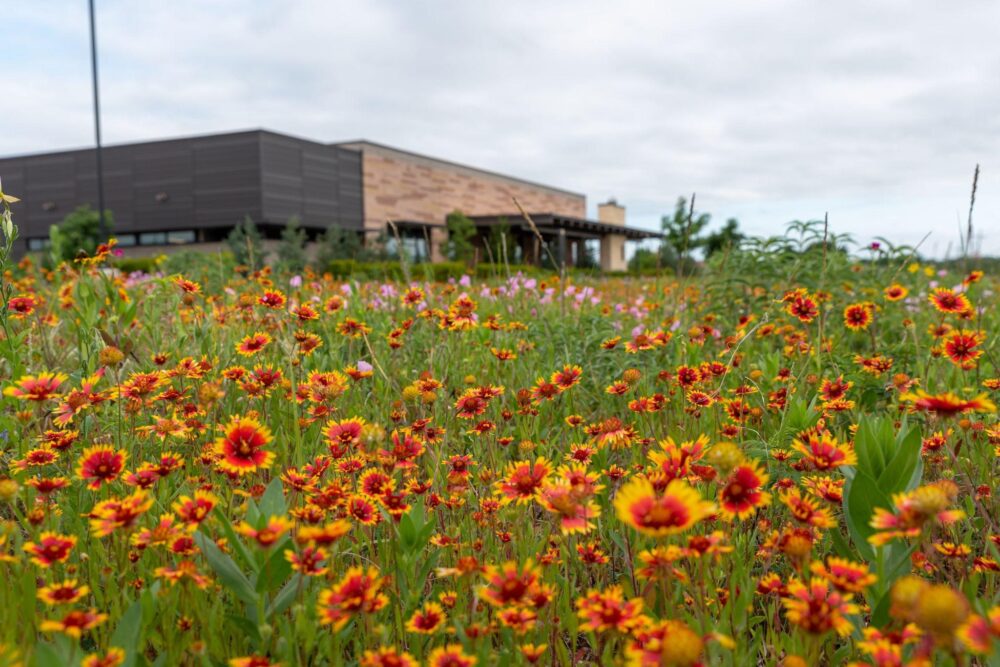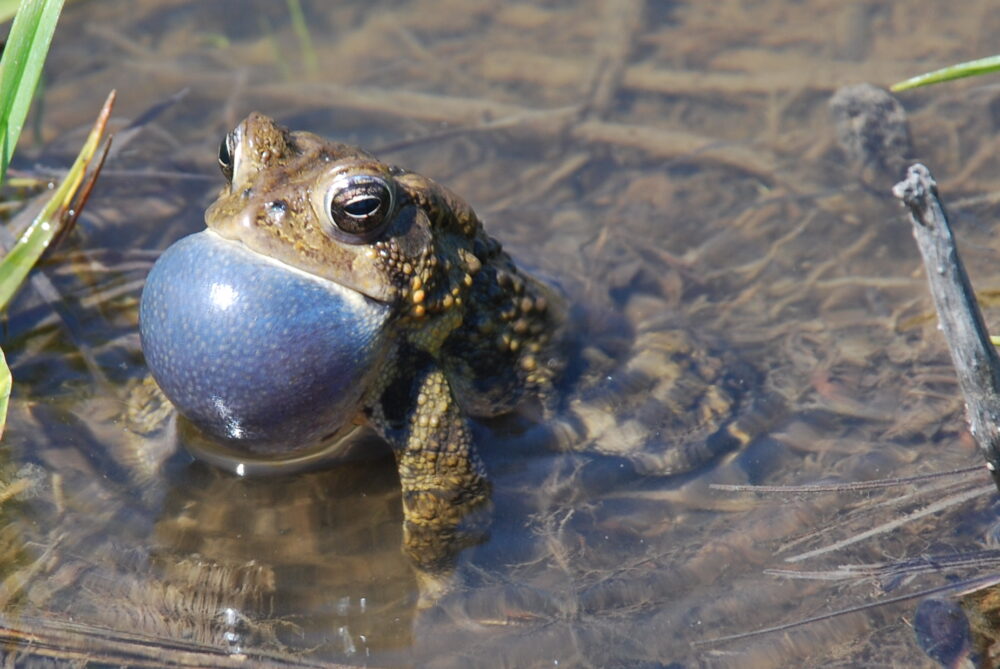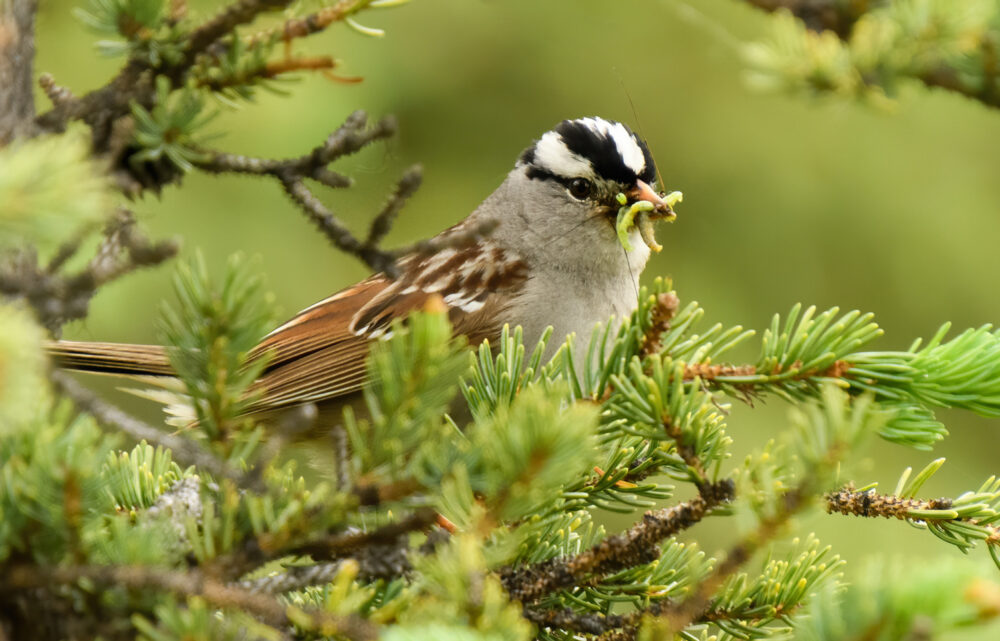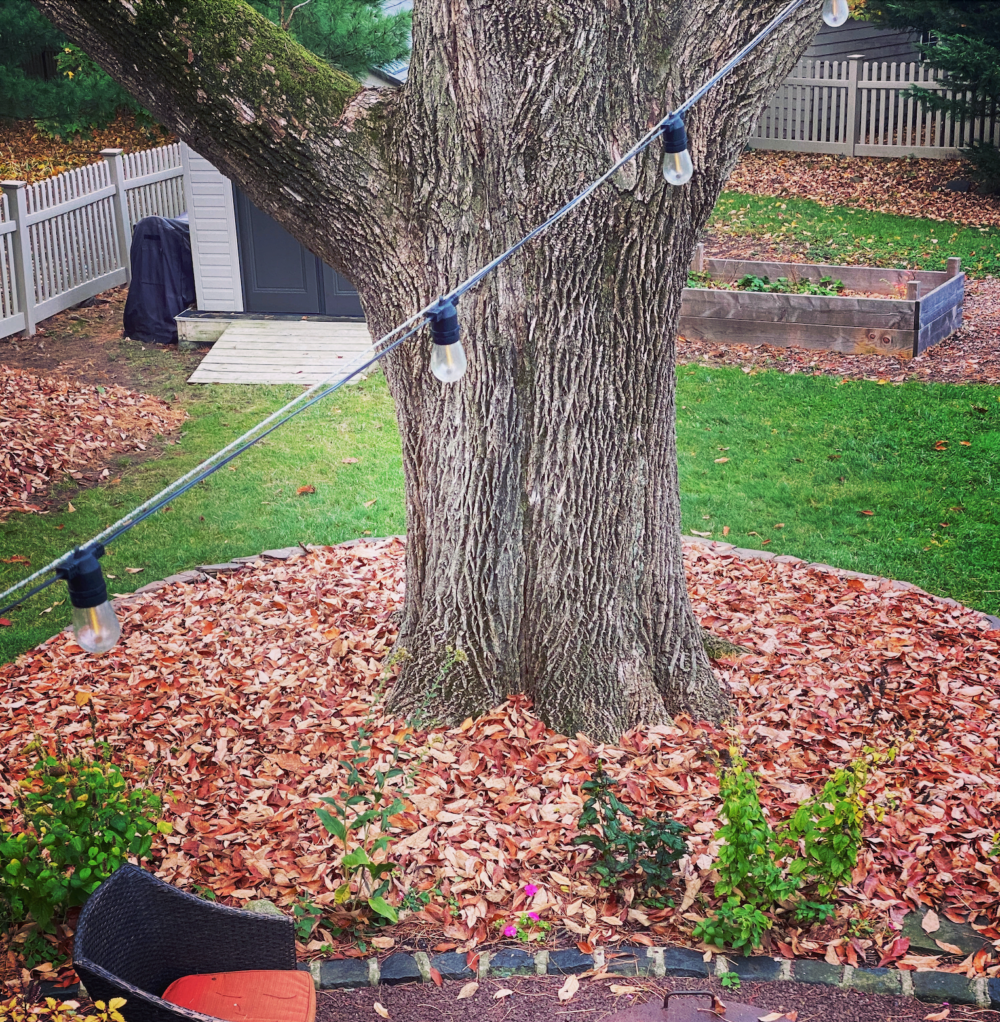We have much more to do and your continued support is needed now more than ever.
Mine Proposal Threatens Monarchs
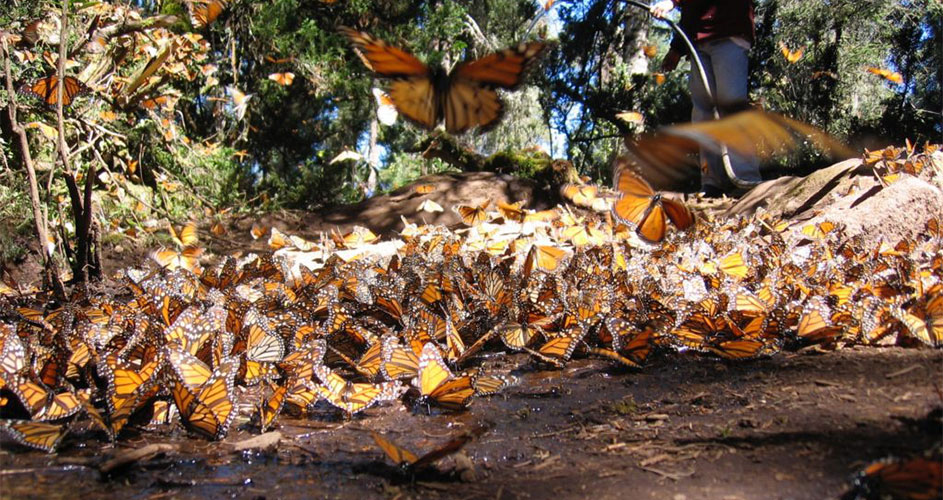
Monarch butterflies have lost significant habitat in the United States. Some studies suggest that an estimated 60 percent of milkweed has been eliminated from the Midwestern grassland ecosystem. The available lands and gardens that remain are using more chemicals and herbicides than ever before, making what habitat is left less healthy for monarchs and other pollinators.
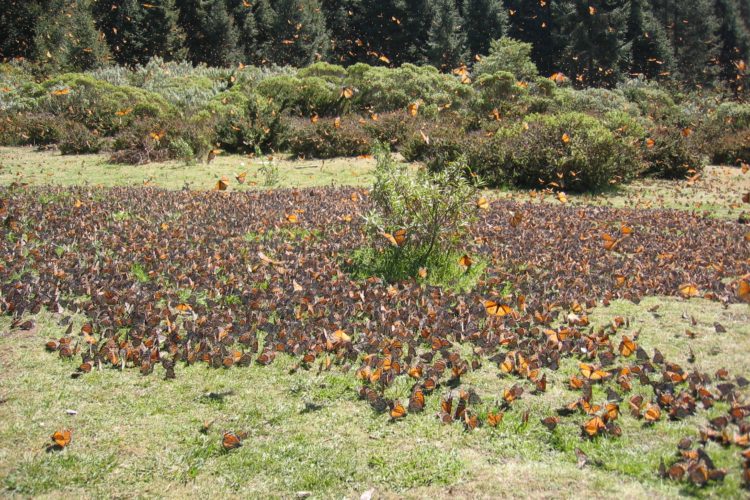
Monarchs also suffer from the effects of extreme weather conditions. For example, record droughts in Texas and northern Mexico in 2010-2014 negatively impacted the monarch population, and an unusual winter storm wiped out as much as half the eastern population this past March. Also, illegal logging in Angangueo, Mexico, the only winter home for eastern monarchs, persists even though progress to reduce this threat has been made in recent years.
Now another challenge is the proposal to open a massive copper sulfide mine directly underneath the overwintering grounds of the Monarch Butterfly Biosphere Reserve in Angangueo, Mexico. If the mine opens it would spell disaster for the monarch butterfly.
Take ActionWhy Protect This Area?
Nearly all monarchs east of the Continental Divide running through the Rocky Mountains migrate to the Monarch Butterfly Biosphere Reserve in Mexico each year. This population of monarchs congregate in the oyamel fir trees for several months before returning to their spring and summer breeding grounds in northern Mexico, the central and eastern U.S., and southern Canada. Monarchs spend a lot of time at the Biosphere Reserve, typically only leaving their roosts to get a drink of water.
When considering the copper sulfide mining proposal, there are many negative implications to take into account. For instance, the mining process requires large amounts of water to process the copper and other heavy metals that are being extracted from the earth. Because of this, there is concern that the mine will dry out nearby springs which could kill the fir trees where the monarchs roost.
Overall, the mine has a large potential for contaminating the monarchs’ water sources. The operation will produce mountains of mine tailing waste containing acids, heavy metals and other pollutants, causing a significant amount of the water that is used in the mining process to become toxic, including rain runoff from the tailings waste piles. This type of water pollution has the potential to wipe out the entire migrating eastern monarch butterfly population.
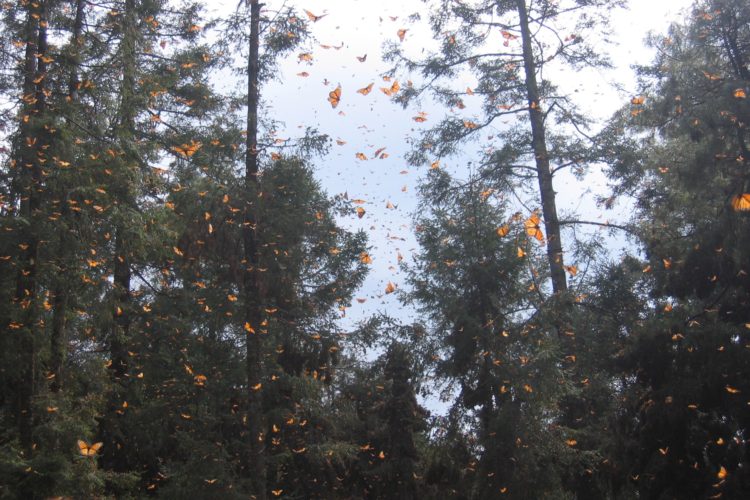
The mayor of Angangueo, Mexico is quoted in public statements as being in support of the mine. Considering the poverty and other challenges facing many of his constituents, this is an understandable position. Tourism from the Monarch Biosphere has been increasing, but it cannot compete with the jobs that this mining operation could provide. Although more does need to be done to bolster the local economy, this mine is not the answer.
The hard rock mining industry’s environmental record in the U.S. and Mexico has not been responsible. Consider these findings from a 2012 report about similar U.S. mining operations compiled by Earth Works:
- All of the mines (100%) experienced pipeline spills or other accidental releases.
- At 13 of the 14 mines (92%), water collection and treatment systems have failed to control contaminated mine seepage, resulting in significant water quality impacts.
- Tailings spills have occurred at nine operations (75%), and a partial failure of the tailings impoundment occurred at four out of fourteen mines (28%).
In short, this globally significant and fragile area should be one of the last areas on earth to site a copper mine.
Take ActionPlease sign the petition calling on the President of Mexico to protect monarchs and halt this dirty mining operation.












